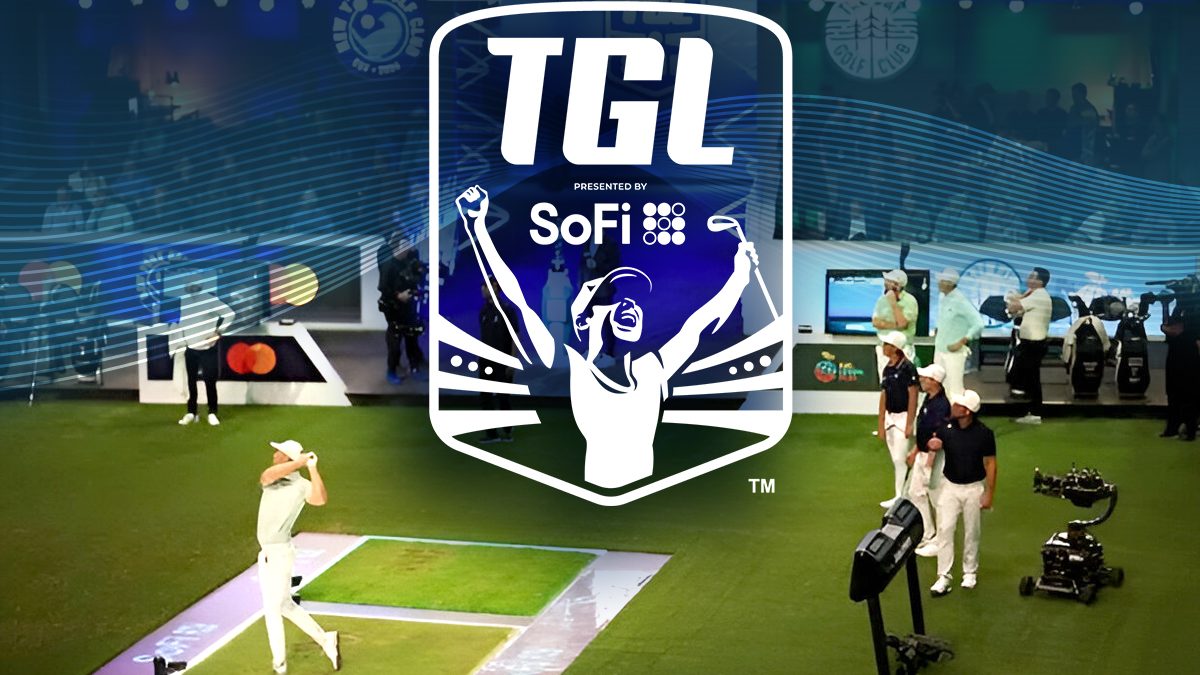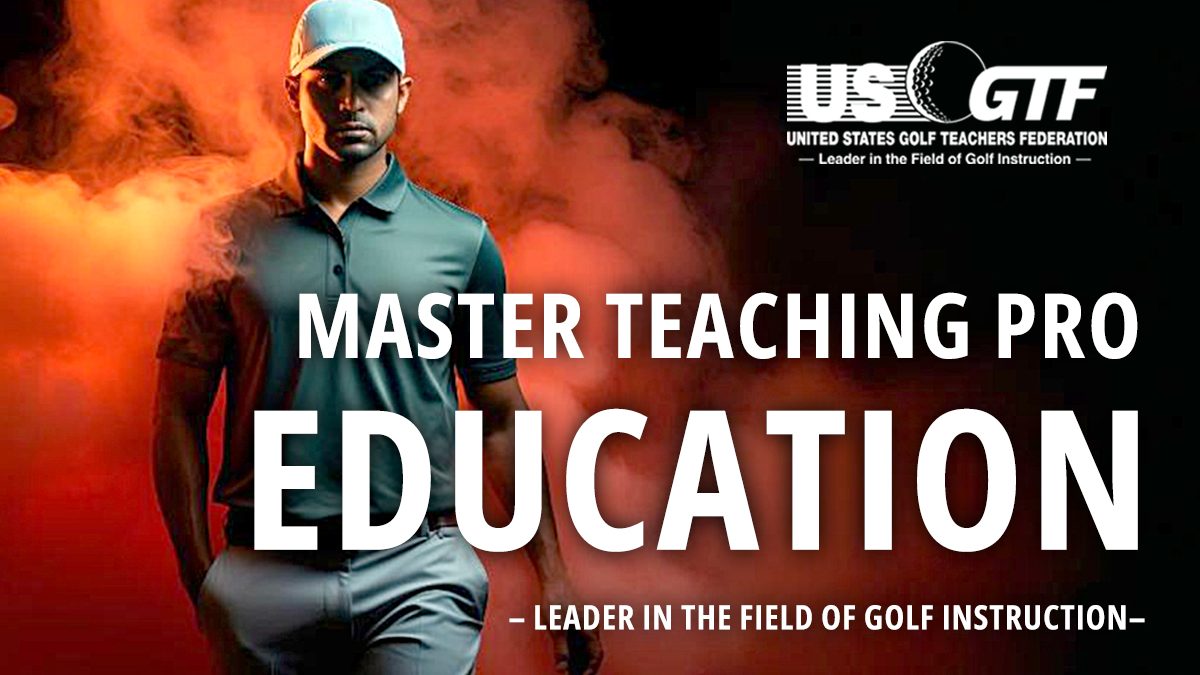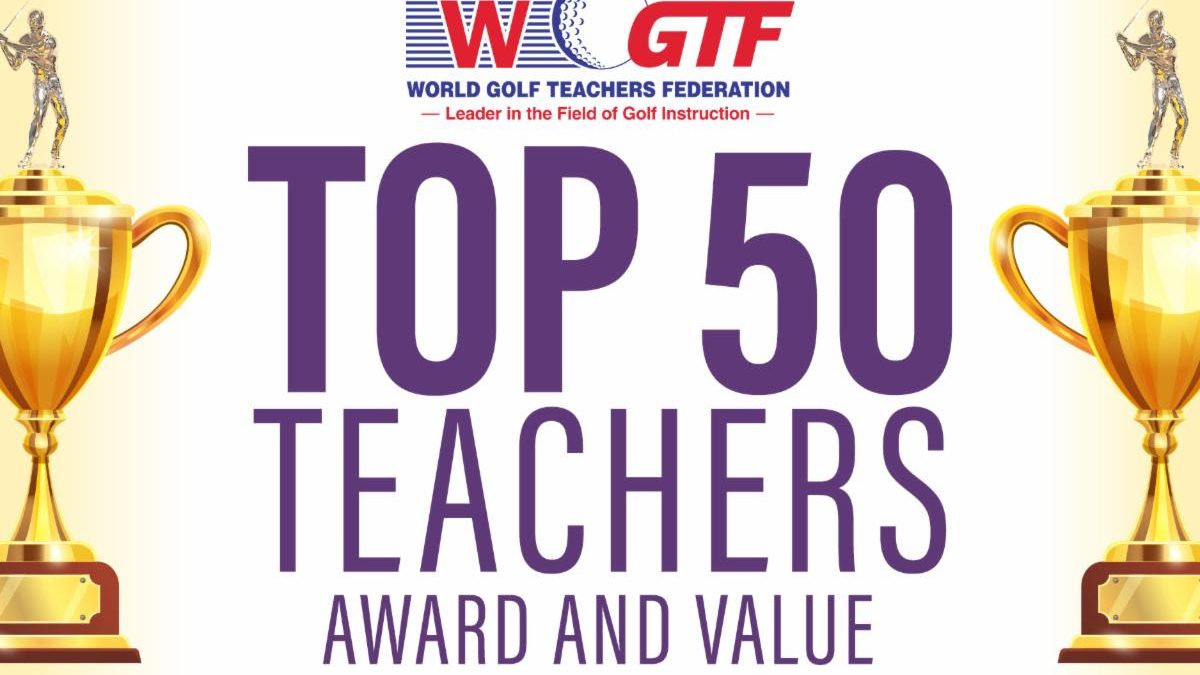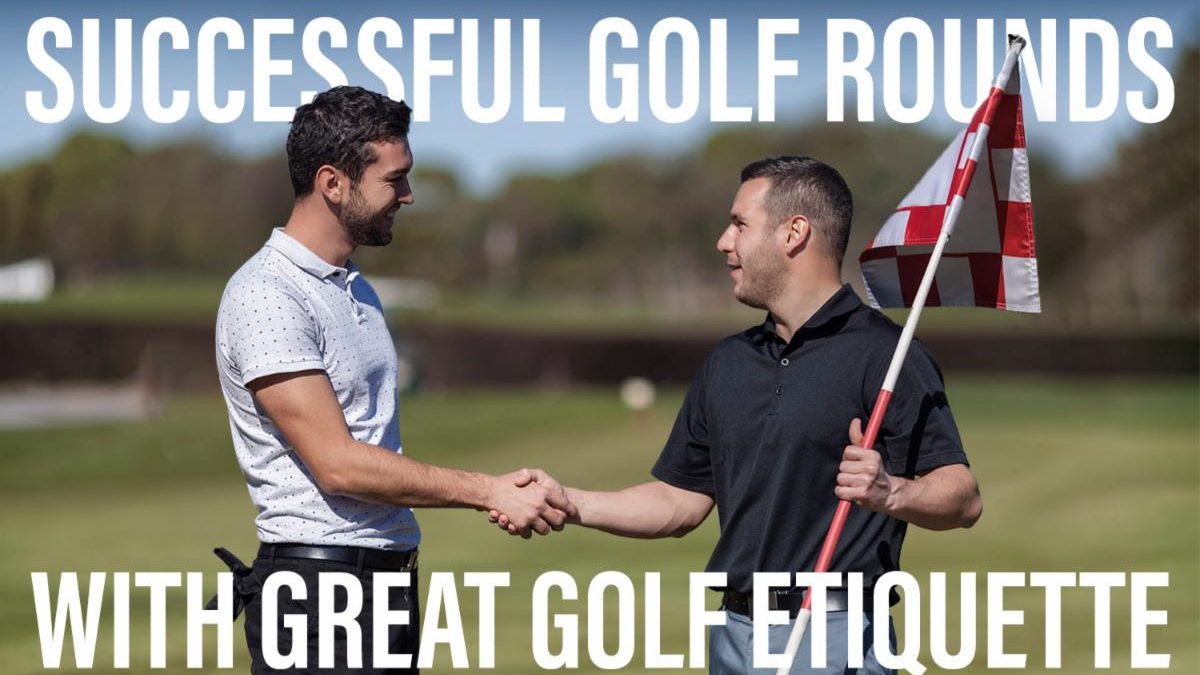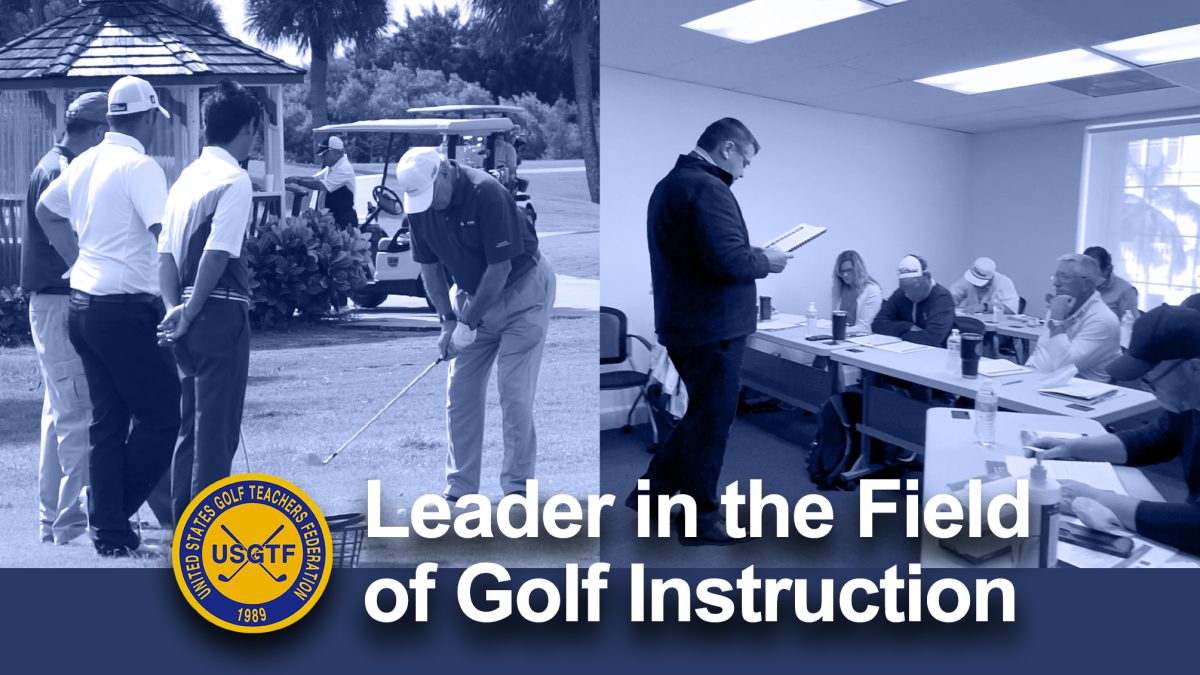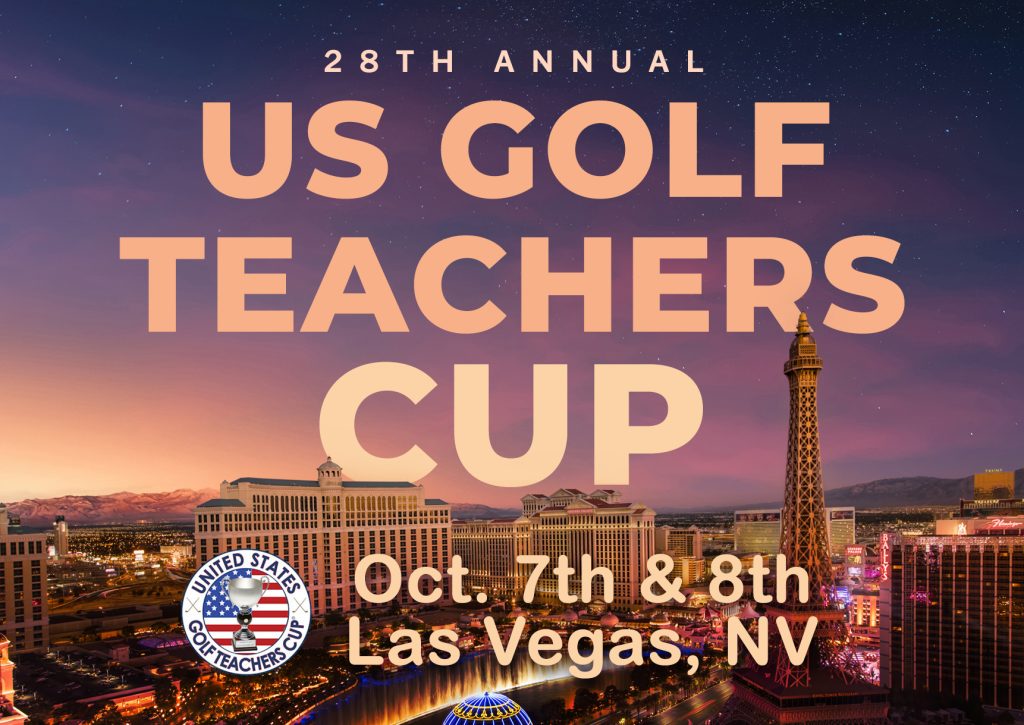– EDITORIAL – WHAT DOES TGL INDOOR GOLF MEAN FOR THE GOLF INDUSTRY AND FIELD OF TEACHING? –
TGL (Tomorrow Golf League) aims to take the simulator experience to a whole other level, as this league features PGA Tour players playing on a giant simulator in an indoor arena. No less than Tiger Woods and Rory McIlroy are the faces of this venture. This begs the question: What does the start of theTGL mean for the golf industry and the field of golf instruction? With so many people comfortable using simulators, it should resonate with many golfers. There is also a video-game aspect to the TGL which should appeal to the younger demographic. Hopefully it will spur people to try simulator golf and in turn, get out onto a real course. And as far as its effect on the teaching industry, more golfers in the pipeline can only mean more potential students.
The television ratings for the first two weeks show great promise, but the second week featured apparent simulator glitches when Woods airmailed a 100-yard shot 30 yards over the green. Other pros were equally perplexed by their results, too. Hopefully whatever remaining glitches remain will get worked out, and the TGL will provide another avenue for fans to consume television golf.

